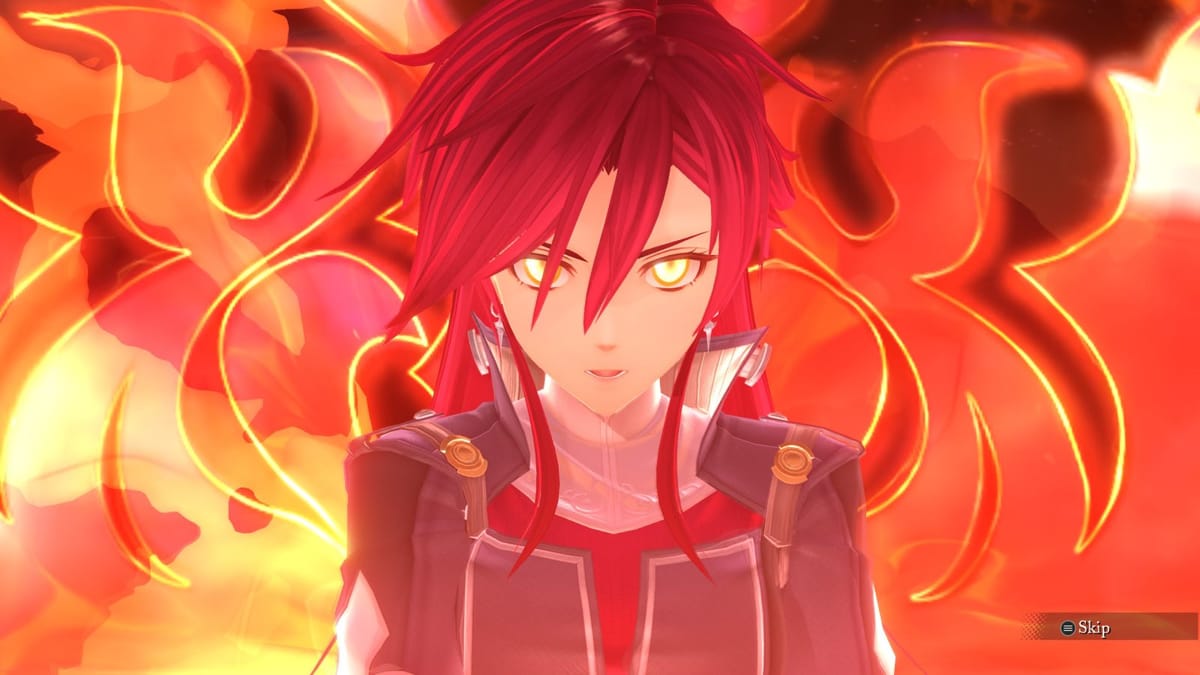
There’s a serial killer in Edith. A mysterious man wearing a trenchcoat has attacked groups seemingly at random, eviscerating them in the most cruel and gruesome ways possible. The police and CID are useless, so Arkride Solutions is the city’s last hope. Turns out, this case is a bit more personal to Van than he initially thought, as the killer is accompanied by a red holo and can adopt a form called the Grendel, just like Van. Upon confronting the monster, however, Van and his companion Elaine are killed. One of the eight Genesis suddenly reacts, sending the pair back in time to earlier in the same day. Armed with more knowledge and firepower, they successfully drive off the killer, but are left with no more clues. To discover who the killer is, Van will have to journey across the country of Calvard once more, meeting with friends new and old.
The Legend of Heroes: Trails Through Daybreak was something of a fresh start for the Trails series. Many of the long running plot threads and character arcs were wrapped up in Reverie, so Daybreak could introduce new players to the world of Zemuria without too much reliance on previous games. It also sourced up the combat, with new mechanics like real-time battles and boosting. It was a great game, so I was looking forward to the sequel even if I haven’t quite caught up in my Trails education yet. While The Legend of Heroes: Trails Through Daybreak II does improve on some of the original’s shortcomings, it largely feels like filler.
I had no idea the game would feature time travel upon starting it up for the first time, so I was thrilled at the possibilities the mechanic could offer. As I played further, however, it slowly dawned on me that it wasn’t really a mechanic at all, just a story contrivance. For example, at the end of one dungeon, Swin, Nadia, and Elaine are all killed again by an overwhelming amount of enemies regardless of if you were faring just fine in the actual fight. Time travel sends you back to just before they entered the dungeon, but this time they call in Zin for some backup. You head back through the dungeon with some shortcuts arbitrarily unlocked this time, and, surprise surprise, die again. For the next attempt, the party recruits Walter, who just happened to be around at the time. After heading through the same dungeon one more time, they finally succeed, and the chapter ends.
The problem here isn’t that I had to do the same dungeon three times in a row, though that’s part of it, it’s the fact that the player has no input whatsoever on each attempt. You can’t immediately come in with Walter on the first or second attempt, you have to go through all three. The timeline you see after each death makes it seem like you do have choices here, with different timelines leading to different outcomes, but it’s just an illusion.
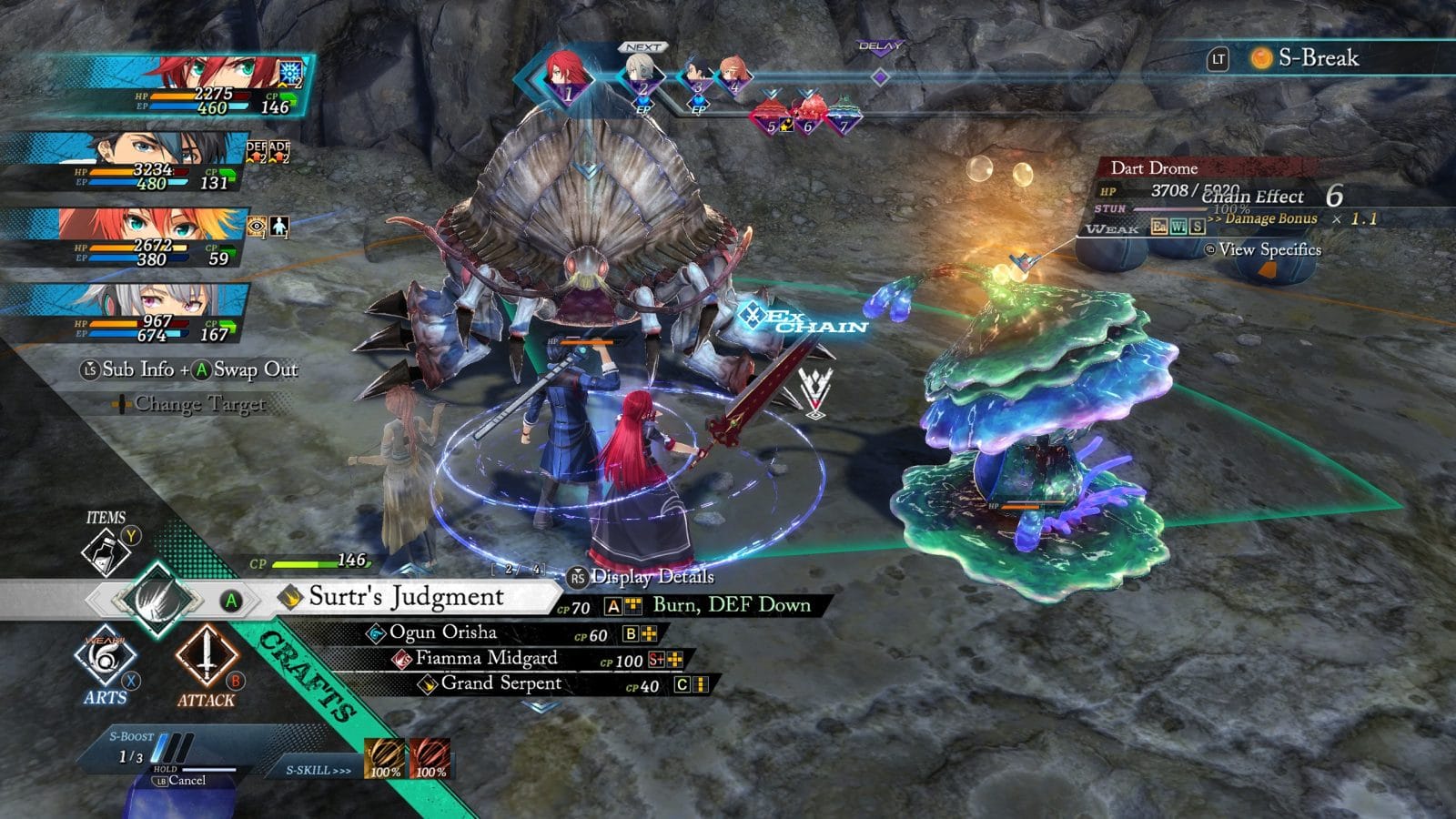
You do have a choice between playing an intermission or the chapter proper first, but that’s about it. It also doesn’t help that what you’re doing in these chapters feels inconsequential. Neither character arcs nor the overall plot really advances. There are twists and turns, but the game mostly feels like you’re just killing time. That might appeal to some people, if they enjoy spending time with these characters, and I’m sure some things here will matter going forward in the series, but in general it’s one of the series’ weaker entries story wise.
On the flipside, the combat might be the best it’s ever been, though its not substantially different. It’s largely the same as Daybreak I, so we’ll go over the basics first. Before combat begins, players can attack enemies on the field in real time with three hit combos. Attacks will build up a meter, and once it’s full you can use a special attack that deals more damage and greatly fills an enemy’s stun meter. You can press a button at any time to begin turn-based combat, but stunning an enemy first will give you a bit of an advantage. You can also defeat foes outright on the field, but in general you deal a lot more damage in turn-based.
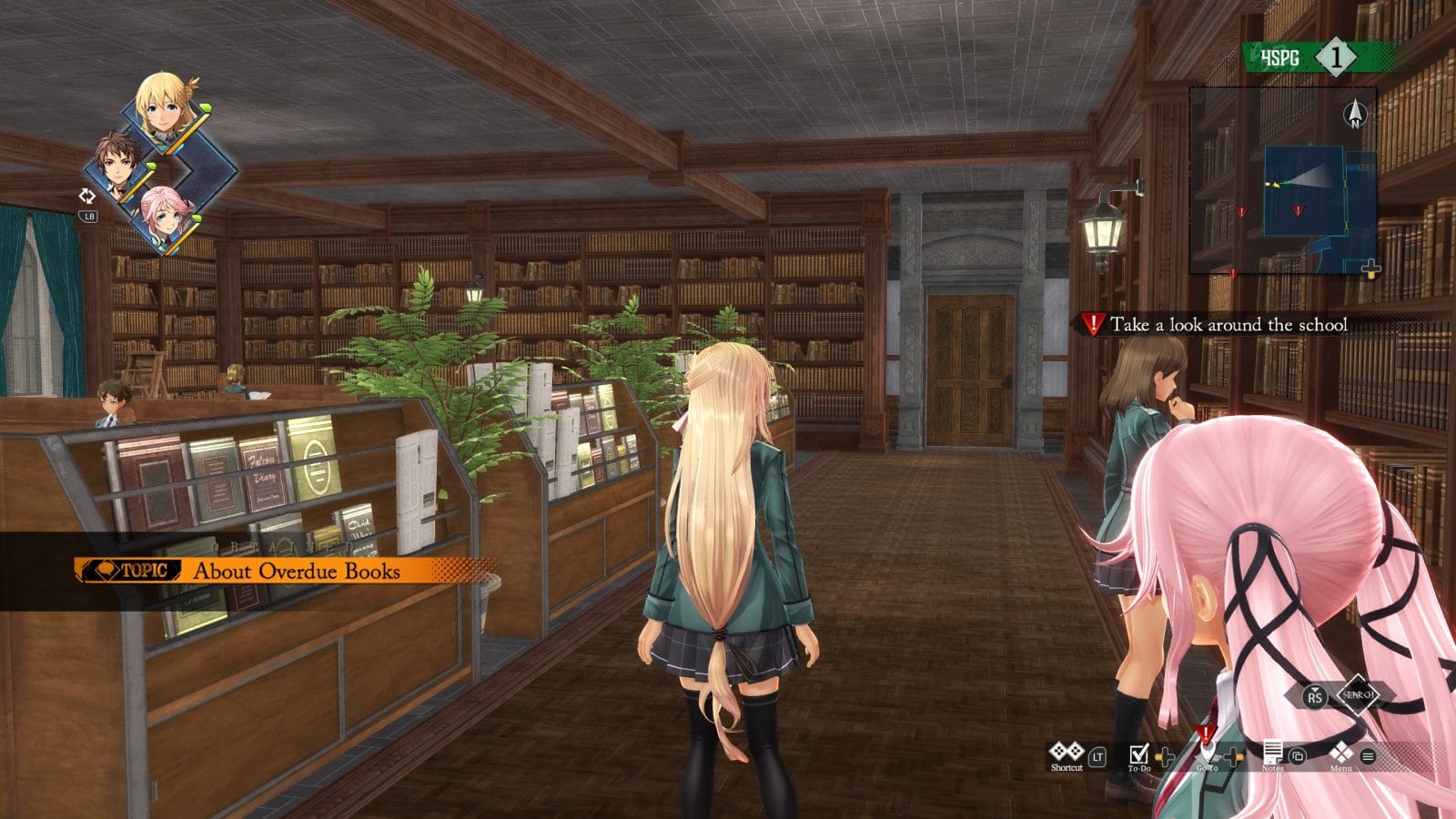
Once turn-based begins, the turn order will be displayed at the top of the screen, with the display being greatly improved in Daybreak II to be more clear. On their turn, you can move a character within a blue circle, representing their movement ability. Position is paramount here, as you can avoid attacks or deal more damage by positioning your four person party correctly. When you’re in the right spot, a character can take an action such as attacking or defending, using an item, a spell called an art, or a character specific skill called a craft. Before this, you can consume up to two segments of the boost gauge to increase the effectiveness of an action, with the double boost being required to use S-Crafts.
Arts and crafts are your bread and butter here, with each consuming a different meter. Again, crafts are unique to each character and learned by leveling up, but arts are much more customizable. Every party member has a phone-like device called a Xipha. They can slot in colored gems called Quartz, which will change their stats slightly and give them access to spells of that color in battle. The more Quartz of a single color, the more powerful spells they’ll learn. Additionally, you can purchase and equip a plugin if you want a very specific spell, like equipping Van with all red Quartz to boost his physical attack, but giving him a Teara plugin so he can heal in a pinch.
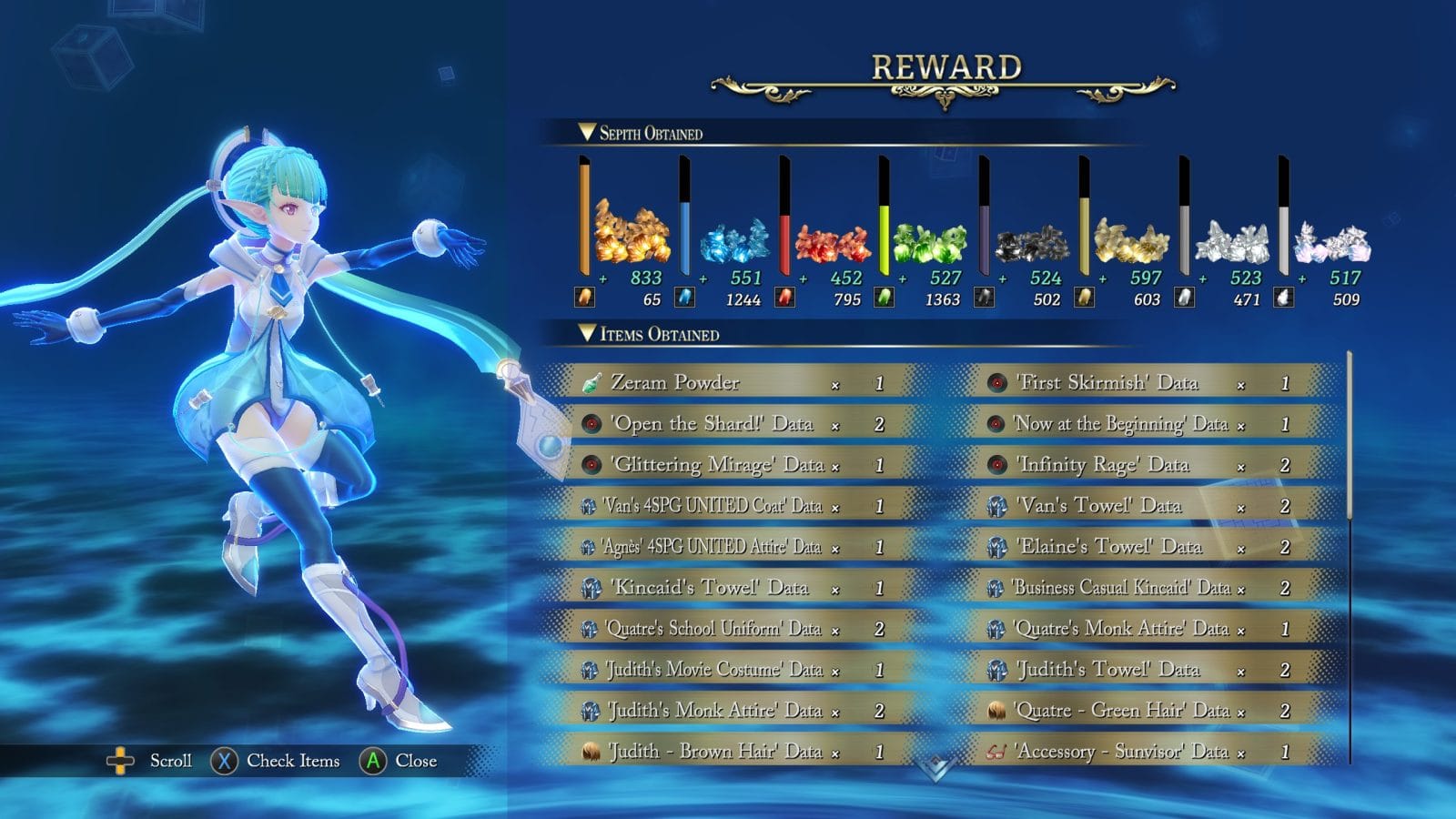
You begin every battle with a maximum of three boost gauge segments, but using an S-Craft, which is essentially a super move, will break this limit, adding more segments for you to fill. It’ll still go down to three after the battle ends, so this is most useful in boss fights. S-Crafts are flashy and fun, but use up 100 CP. Thankfully, unlike AP for arts, this is very easy to get back, especially in real-time battles, so you can really go nuts with them.
Finally, grouping up party members can confer great advantages in the form of an SCLM bonus. When characters are in range for this bonus, they’ll have a blue ring around them representing the range. Performing an attack with SCLM active will cause that character you’re paired with to follow up on your move, exponentially increasing your damage.
Daybreak II only tweaks a few things. For one, you can now use arts in real-time combat. You can specify an art in the menu, then use it by holding a button on the field. I often forgot this existed, as they cost way more AP than usual and don’t deal much damage, but it can be handy in specific situations.
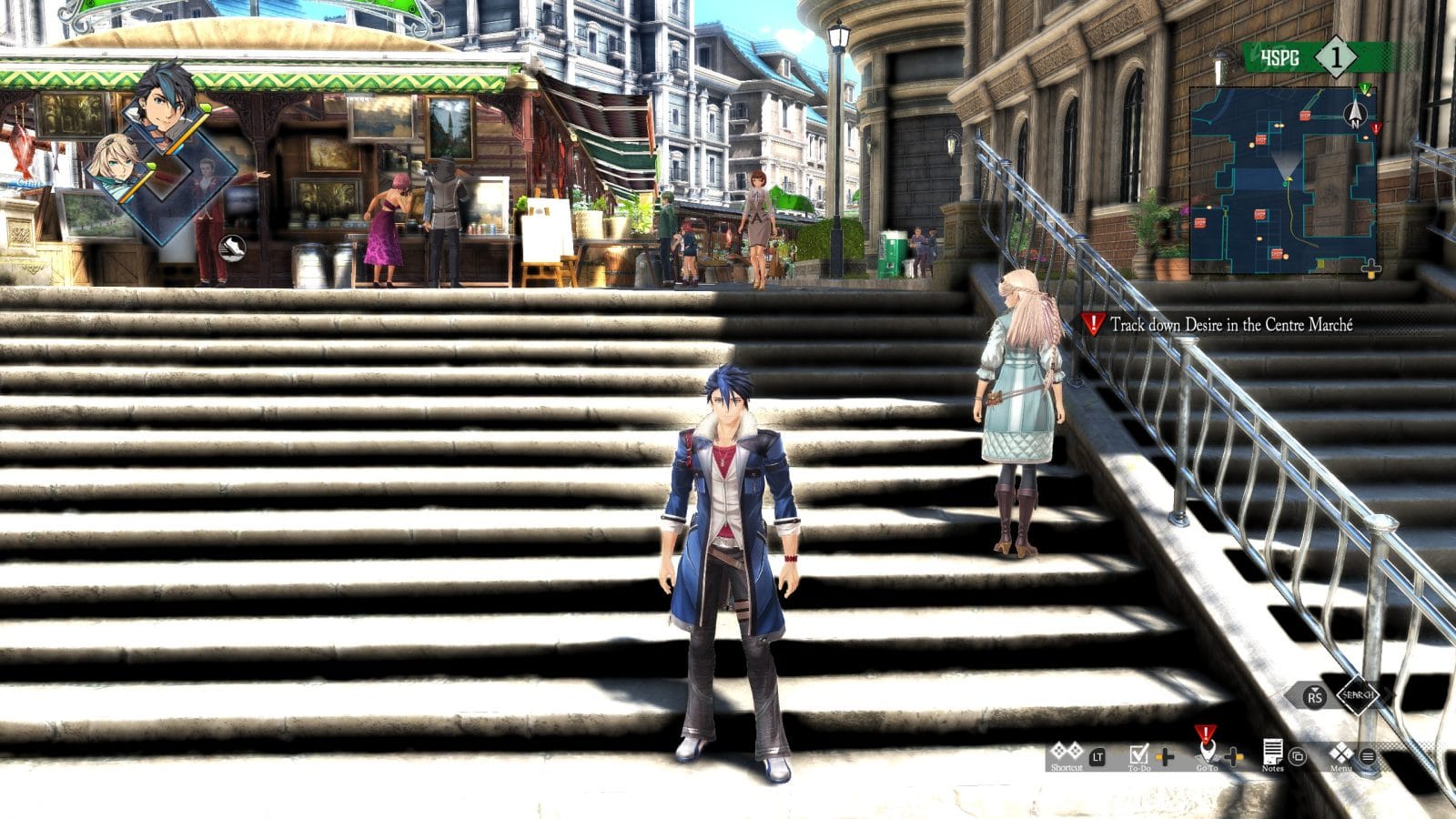
The game also makes single boosting actually useful. In the previous game, you’d really only want to use two boosts, as that makes the effect last multiple turns and lets you use an S-Craft. Here, sometimes you’ll see text denoting that you can perform an EX Chain. By using a boost, either one or two, then performing a normal attack or regular craft while within SCLM range will cause both characters to follow up with a craft, dealing way more damage than a normal SCLM. It’s a small change, and the animation can get annoying even when skipping it, but it does make normal battles just a bit more engaging.
The other big addition in Daybreak II is Märchen Garten, a virtual world you can access at certain points found throughout the world. The Garten contains a variety of activities, including the hacking and card minigames, but its main draw is the randomly generated dungeon. As you progress the game, you’ll unlock new floors you can optionally complete to gain levels and items. It’s basically just a grinding tool, but I did enjoy grinding the floors occasionally.
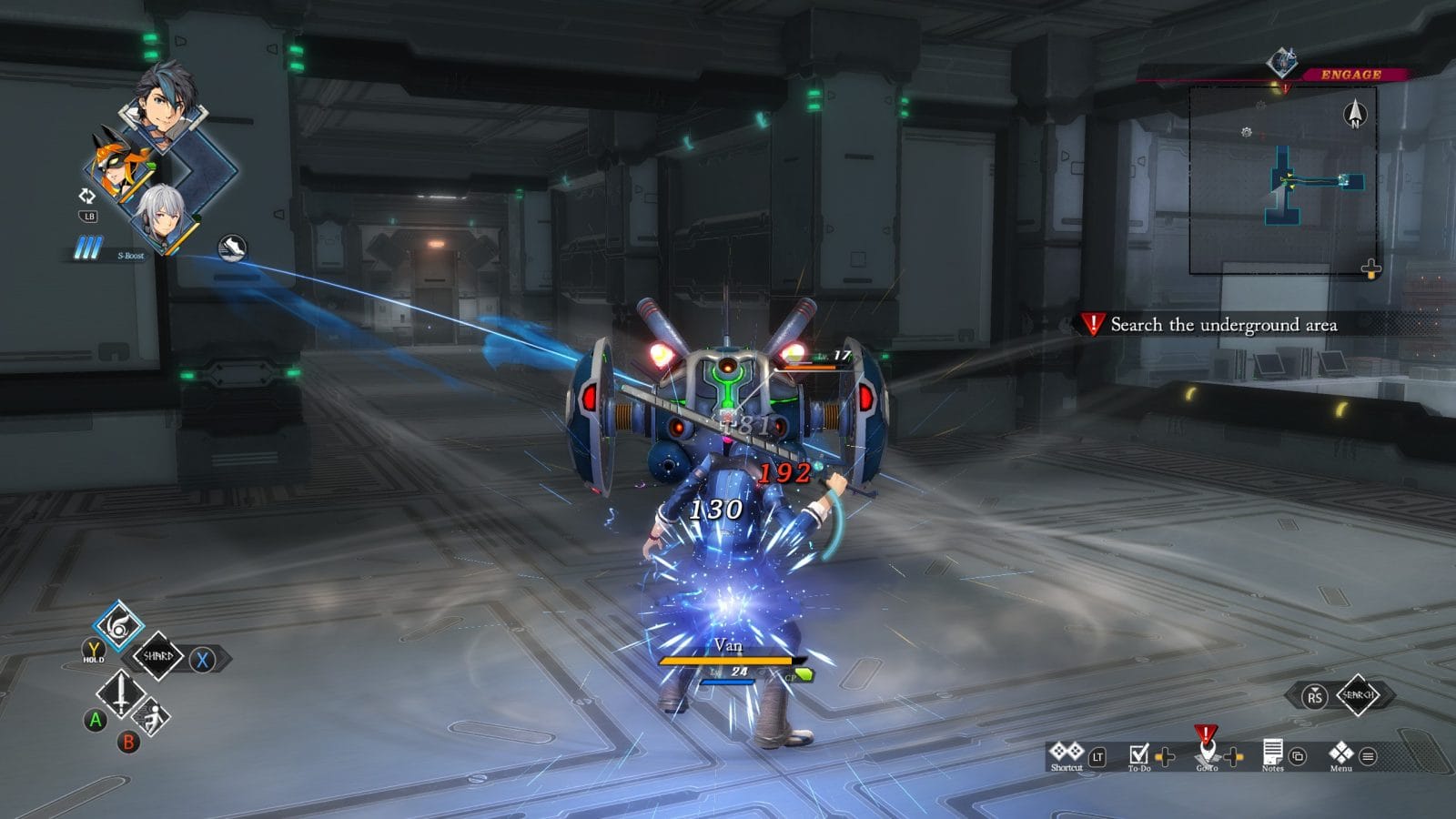
As you play, you’ll also find blue crystals you can spend on a gacha machine. This will grant you sepith to synthesize more Quartz along with some cosmetics like costumes. Märchen Garten is basically optional outside of its introduction, but you will benefit greatly from using it regularly.
While these games are generally designed for consoles first, I did play on PC as Falcom’s PC ports are some of the best in the business. It has a wealth of graphics and customization options, so many it’s not really worth listing here. Just know that you can push the game’s visuals very far in either direction, rebind just about every button, and even activate a high speed mode to speed up gameplay. The game looks and runs great on both PC and Steam Deck, though I did run into a minor issue where characters have a halo around them when standing in front of staircases. It’s not a big issue, but it is a noticeable blemish on an otherwise perfect port.
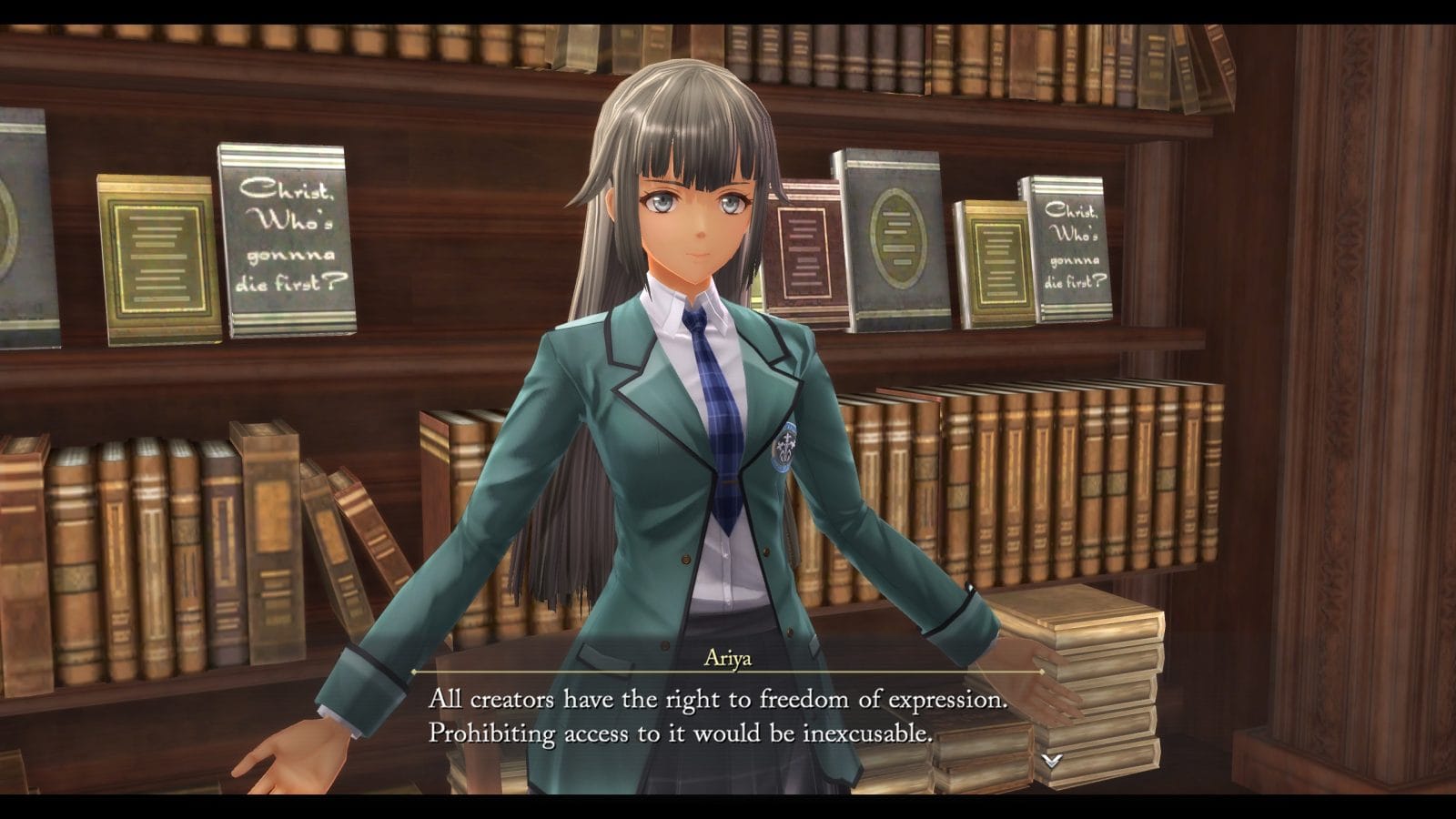
Overall, while Daybreak II is an enjoyable RPG, it’s really lacking in the areas that makes the Trails series special, namely the story. There are some minigames to keep you busy, like basketball and fishing, but unless you’re a die hard fan of the series it feels very skippable.
The Legend of Heroes: Trails Through Daybreak II
Good
The Legend of Heroes: Trails Through Daybreak II feels like a game in stasis. The story starts off strong, but fails to deliver and quickly becomes uninteresting. Those who really love these characters will enjoy spending more time with them, but the combat doesn’t feel improved enough to make this feel like a significant step forward.
Pros
- Great visuals and PC settings
- Combat is very fun
- Characters are great…
Cons
- …but don’t progress in any meaningful way
- Story is filler
- Time travel mechanic is pointless
